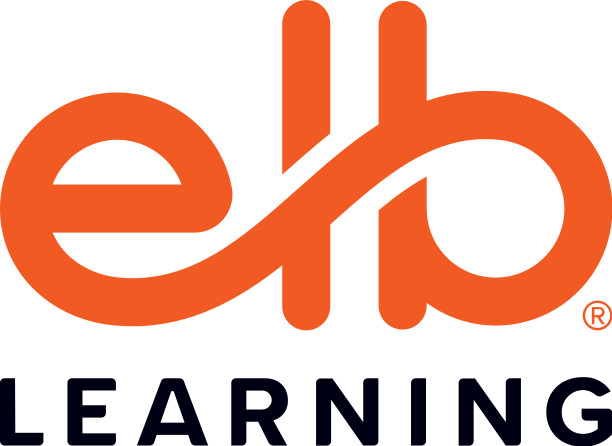ATD Blog
Resiliency in Transformational Change
Fri Aug 09 2024

Transformational change is an inevitable part of any growing organization. This type of change is not just about minor tweaks or incremental improvements; it involves a fundamental shift in the organization's culture, operations, and strategic direction. Leadership plays a pivotal role in this process. When leaders model the behaviors and attitudes they wish to see, they set the tone for the entire organization. Change is also a time for middle management to shine. Middle managers are closest to the employee perspective. Getting your middle managers on board with change will help demonstrate shared values and commitment. But even with middle managers, there needs to be transparency, communication, and empathy.
Leaders who are transparent, communicative, and empathetic can inspire their teams to adapt more readily to change. Satya Nadella's leadership at Microsoft illustrates how a CEO's vision can transform an organization's culture from one of competition to one of collaboration and innovation. His emphasis on a growth mindset and continuous learning has been instrumental in Microsoft's resurgence and ongoing success (Nadella, 2020).
The responsibility for managing change does not rest solely on the shoulders of management. In 2023, the Harvard Business Review reported that “Only 57% of managers report having enough capacity in their day-to-day work to support their teams through change.”
This is where HR and L&D can step in. HR and L&D teams are essential to ensure the message of change is effectively communicated, learned, and implemented throughout the organization. These teams serve as the bridge between management and the wider employee base, making sure everyone understands the rationale behind the change and their individual role in it.
The landscape of change management is evolving rapidly in the age of artificial intelligence (AI). AI can analyze vast amounts of data to predict potential challenges and areas of resistance, allowing for more proactive and targeted intervention. It can also facilitate personalized learning experiences that help employees acquire new skills more efficiently, thereby supporting the change process. And while these advancements are impressive, it is still the human aspect of managing change that remains the most important. AI can provide tools and insights but cannot replace the need for human empathy, understanding, and support.
Change fatigue is resistance or passive resignation to organizational changes on the part of an employee (Atlassian). On the other hand, change resilience is the capacity to adapt to change positively and constructively. HR and L&D can play a significant role in mitigating change fatigue by implementing structured support systems. Regular check-ins, feedback loops, and providing resources for stress management can help employees manage the pressures of change.
Google's approach to change management includes fostering a culture of psychological safety, where employees are encouraged to voice their concerns and ideas without fear of retribution. This openness helps to build trust and resilience, enabling the organization to navigate changes more smoothly (HBR, 2017).
Transformational change in the age of AI requires a balanced approach that leverages technological advancements while prioritizing human elements. Leadership needs to model the desired changes, and HR and L&D must ensure clear communication and support throughout the organization. By addressing change fatigue and fostering change resilience, organizations can navigate the complexities of modern change management effectively, ensuring long-term success and sustainability.
At ELB Learning, we believe in the transformative power of learning. Our leadership courses, such as Making Change Happen, Leadership Agility, and Adapting to the New Working Model are just some of the courses designed to nurture and grow leaders.
Editor's note: The blog was previously published at https://blog.elblearning.com/resiliency-in-transformational-change.
You've Reached ATD Member-only Content
Become an ATD member to continue
Already a member?Sign In

